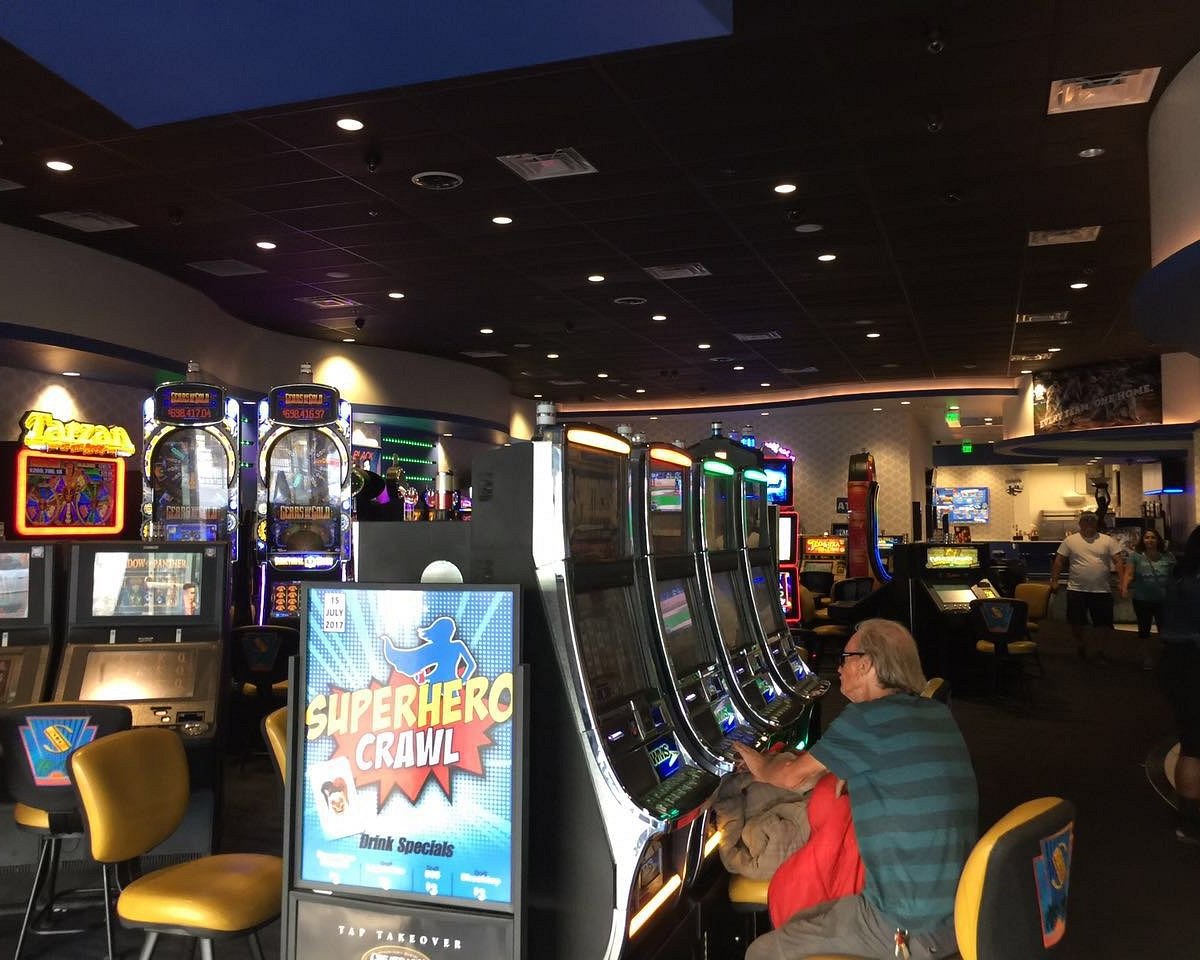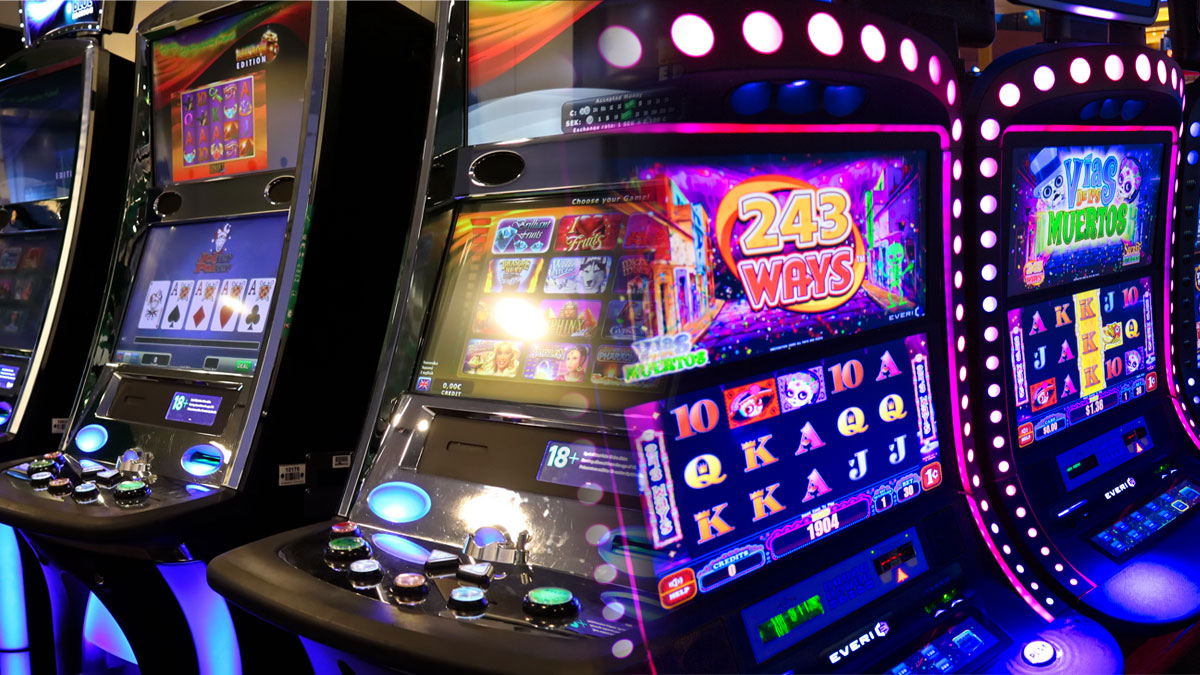The bright lights, the digital reels, the satisfying clink of (virtual) coins. Slot machines are the heartbeat of any casino floor. But have you ever stopped to think about their environmental footprint? Honestly, most people don’t. For decades, these complex machines were built for durability and performance, with little regard for their lifecycle impact.
Well, that’s changing. Fast. A quiet revolution is happening behind the scenes. Manufacturers are waking up to a new reality: sustainability isn’t just a buzzword; it’s a business imperative. Let’s dive into how the industry is spinning the reels on green manufacturing.
Why Go Green? The Jackpot is a Healthier Planet
It’s not just about feeling good. There are powerful forces driving this shift. Regulatory pressures are increasing worldwide, for one. But more importantly, a new generation of players—call them eco-conscious gamblers—prefers to patronize brands that align with their values. Casinos are demanding greener options, and manufacturers are scrambling to deliver. The result? A fundamental redesign of how a slot machine is born, lives, and is eventually reborn.
Key Trends Shaping the Future of Slot Production
1. The Materials Game: Beyond Steel and Plastic
The classic slot cabinet was a beast of MDF, steel, and virgin plastics. Today, the composition is getting a serious eco-overhaul.
- Recycled Content & Bioplastics: Cabinets are now often made from recycled aluminum and steels. The big news? Bioplastics derived from sources like corn starch or sugarcane are emerging for non-structural components and buttons. They perform just as well but have a much lower carbon footprint from the get-go.
- Low-VOC Finishes: That “new machine” smell? Often, it’s off-gassing from volatile organic compounds (VOCs) in paints and lacquers. Manufacturers are now widely adopting low-VOC and water-based finishes, improving indoor air quality for casino employees and patrons.
- Sustainably Sourced Wood & Composites: For the more premium, furniture-style cabinets, look for FSC-certified wood or composites made from agricultural waste. It’s a small detail that makes a huge difference.
2. The Power Drain: Taming the Energy Hog
Let’s be real. A floor with thousands of machines, each with a bright screen running 24/7, is an energy nightmare. The industry’s response has been impressively swift.
The single biggest change? The shift to LED displays. They use a fraction of the power of older LCD or plasma screens and last significantly longer. But it goes deeper. Modern machines are designed with sophisticated power management systems. Think of it like a laptop’s sleep mode. After a period of inactivity, the machine can dim its lights, lower the screen brightness, or even enter a deep sleep state, slashing energy use by up to 50% when not in active play.
3. The Circular Economy: Designing for a Second Life
This is, perhaps, the most transformative trend. Instead of the “take-make-waste” model, leading manufacturers are embracing a circular approach. They’re building machines with disassembly in mind.
What does that mean in practice? It means using standardized screws instead of proprietary, glueless assembly, and modular components. When a machine is retired, it’s not just dumped in a landfill. Technicians can easily strip it down. The metal frame gets recycled. The circuit boards are harvested for precious metals. Functional electronic components are tested and reused as service parts for other machines.
This “modular slot machine design” is a game-changer. It reduces electronic waste (e-waste), one of the fastest-growing waste streams on the planet, and creates a closed-loop system that saves raw materials and money.
A Peek at the Production Line: What’s Changing
| Traditional Practice | Sustainable Alternative | Environmental Payoff |
| Virgin Plastics for Housing | Post-Consumer Recycled (PCR) Plastics & Biopolymers | Reduced fossil fuel use, less plastic in landfills. |
| High-Energy CRT/LCD Screens | Energy-Efficient LED Backlit Displays | Dramatic cut in electricity consumption and heat output. |
| Permanent, Glued Assembly | Modular, Tool-Less Disassembly | Easier repair, component reuse, and higher recycling rates. |
| Chemical-Laden Solvent Finishes | Low-VOC, Water-Based Coatings | Healthier indoor air and safer manufacturing. |
| Single-Use, Non-Recycled Packaging | Recycled Cardboard & Molded Pulp | Major reduction in packaging waste. |
The Real-World Hurdles
Sure, the path isn’t entirely lined with green felt. There are challenges. Sourcing consistent, high-quality recycled materials can be tricky and sometimes more expensive upfront. Retooling factories for a circular model requires massive capital investment. And let’s be honest, changing a decades-old supply chain is like turning a massive container ship—it happens slowly.
But the long-term economics are becoming undeniable. Energy savings directly boost a casino’s bottom line. Durable, modular machines have a lower total cost of ownership. And let’s not forget the brand value—being a leader in sustainable casino technology is a powerful marketing tool.
The Final Spin
The image of the slot machine is evolving. It’s no longer just an icon of chance and entertainment. It’s becoming a test case for how a legacy industry can reinvent itself. By focusing on renewable materials, radical energy efficiency, and a circular lifecycle, manufacturers aren’t just building better machines. They’re betting on a future where the biggest win isn’t just a jackpot, but a sustainable one for everyone.





